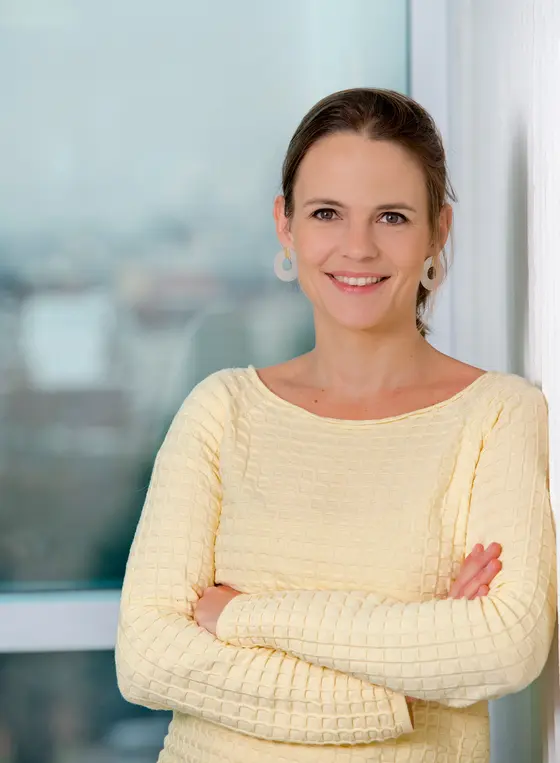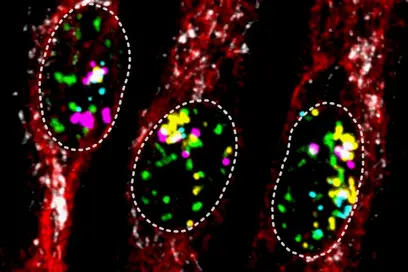If it were possible to analyze the molecular composition of a tissue live on a patient's body in a non-invasive way and without harmful radiation, this would be a revolution in medicine. The different tissues of the body differ in their oxygen content, temperature or concentration of water or biological molecules. Healthy tissues differ in some of these characteristics from sick tissues.
Scientists have therefore been searching for decades for a method to decipher these tissue properties “at a glance“. Spectral imaging techniques take advantage of the fact that different tissue components have unique optical properties. When light enters biological tissue, it undergoes complex interactions such as reflection, absorption and scattering. Spectral imaging techniques, such as multispectral imaging with diffuse reflection and photoacoustics, therefore have the potential to display important tissue properties such as oxygen content, temperature or the concentration of water or different biological molecules in high spatial resolution.
However, decades of research in this field have not yet resulted in methods that can accurately quantify these tissue parameters in routine clinical use. Attempts to address this problem with machine learning and artificial intelligence often fail due to the lack of annotated reference data needed to train the algorithms. This is especially due to the fact that there is no reference method to date to generate clinically relevant information - such as oxygen saturation - spatially resolved for the acquired images.
Lena Maier-Hein avoids this dreaded “bottleneck“ by training algorithms based on simulated data. To do so, she uses all previous knowledge to create simulated images with perfect reference annotations. As a result, the method is not dependent on the availability of data and it avoids regulatory hurdles.
However, learning from simulations often fails due to the lack of realism of the simulation - in other words, the existing knowledge is not sufficient to simulate completely realistic images. AI researchers refer to this problem as the “domain gap“. Maier-Hein goes one step further and uses AI methods to overcome this gap. So she uses the AI twice: On the one hand for decoding the images and additionally to improve the simulation. The concept should therefore enable imaging systems to learn from their experiences.
This second generation of spectral imaging is safe and cost-effective for the patient and has the potential to improve many areas of healthcare. It has a wide range of clinical applications - from cancer diagnosis to monitoring the treatment of cardiovascular and inflammatory diseases.
In 2014, Lena Maier-Hein was awarded an ERC-Strating Grant, a funding scheme designed to support young, a funding scheme designed to support young researchers in their first steps towards scientific independence. The European Research Council is now awarding her a “Consolidator Grant“. This funding instrument is intended to support already established young researchers - up to twelve years after their doctorate - and to encourage the development of an independent career.
Prof. Dr. Ing. Lena Maier-Hein, born in 1980, studied computer science at the Karlsruhe Institute of Technology (KIT) and at Imperial College in London. She qualified as a uninversity lecturer at the University of Heidelberg in 2013. She has been researching at the DKFZ since 2009, first as a postdoctoral fellow, since 2012 as head of an independent junior research group and now as head of department. Lena Maier-Hein has already collected a number of scientific awards, including the Heinz Maier Leibniz Prize of the German Research Foundation in 2013 and the Prize of the Berlin-Brandenburg Academy in 2017.



